QuestionMy three year old German Sheperd, Hannibal has severe behavior problems. He has
always got into things around the house, but since I bought a brand new house,
he has been getting into anything he can get his paws on. He tought himself to
open the cupboards and doors to get into the garbage as well as other things. He
will eat anything, including bars of soap, bags of sandwhich buns and wraps. Him eating things has upset his stomach which has
caused him to have soft poop. He also eats his own feces. He eats plenty of dog
food, so he is definately not hungry. He has dog toys so he shouldn't be bored.
I would like him to learn not to get into things. The floors in my brand new
house are ruined and people don't want to come visit me because my house smells
like feces. I don't understand why he is like this, I have one other dog, and
two cats and they are behave fine. I have decided I have to child proof my house
the way I would if I had a child, but if I could learn how to teach him not to get into things that are left out that would be great.
Hopefully you can answer my question on how to get him to stop getting into things, especially off of the counter. Thank you for your time.
Kristina
AnswerA mousetrap is very effective in making a dog leave something alone. Most
dogs will stay away from anywhere they were surprised by a snap. The best
part is that it is not you that is correcting the dog. It works whether you
are around or not. The mousetrap is very patient and is always on task as
long as you reset it.
Better than mousetraps when you aren't around is the crate. Other dogs may
not be as bad as the young Labs I am plagued with. Still your house and dog
will be much safer with the dog in a crate when you are away. The dog may be
happier in its den than loose in the house. It relaxes, it feels safe in its
den. It rests, the body slows down reducing the need for water and relieving
its self. Dogs that have been crated all along do very well. Many of them
will rest in their crates even when the door is open. I think the plastic
ones give the dog more of a safe, enclosed den feeling. They are harder for
dogs to open too. Metal ones can be put in a corner or covered with
something the dog can't pull in and chew. Select
a crate just big enough for the full grown dog to stretch out in.
Leave it some toys. Perhaps a Kong filled with peanut butter. Don't leave
anything in the crate the dog might chew up. It will do fine without even any
bedding. You will come home to a safe dog and a house you can enjoy.
Accidents and damaged possessions are the fault of whoever was watching the puppy. When you are watching it, immediately correct it as soon as it goes for anything except its own toys. In a quiet, but firm voice ''Bad dog, its name drop!''. Gently remove what ever and replace it with one of her toys, or if older, hold eye contact until the puppy drops it.
A dog that has not been crated since it was little, make take some work.
Start out just putting its toys and treats in the crate. Praise it for going
in. If you have been able to trust it with any bedding, put that in the crate.
Feed it in the crate. This is also an easy way to maintain order at feeding
time for more than one dog.
Many dogs have given up feces eating by the age of 3, but not all. Try adding some pineapple juice or canned pumpkin to his food. There are also the commercial products, Deter and Forbid.
Dogs don't like having their routine disturbed. After a few months in the new house, he may settle down.

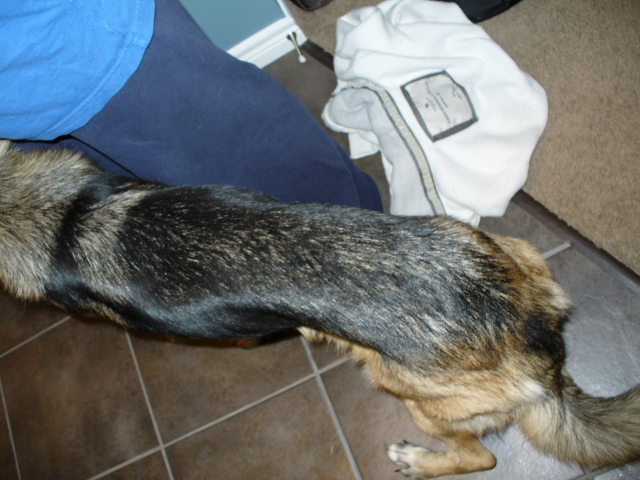 Very thin German Shepherd
Question
Sadie
Hi
We are having problems getting our
Very thin German Shepherd
Question
Sadie
Hi
We are having problems getting our
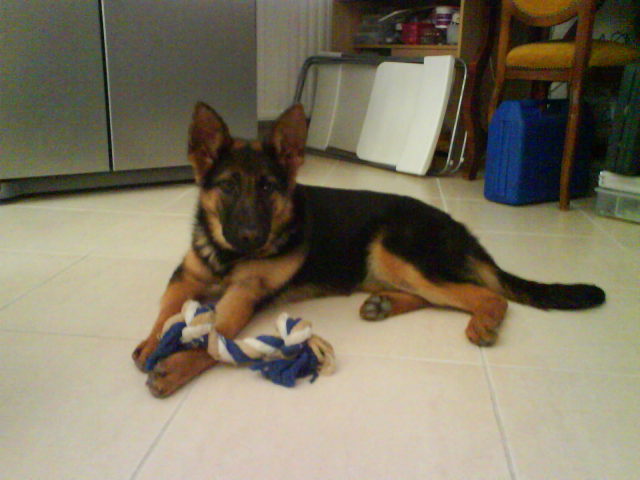 poor growth because bad nutrition
Question
7 month
I bought a female gsd when she was 7 m
poor growth because bad nutrition
Question
7 month
I bought a female gsd when she was 7 m
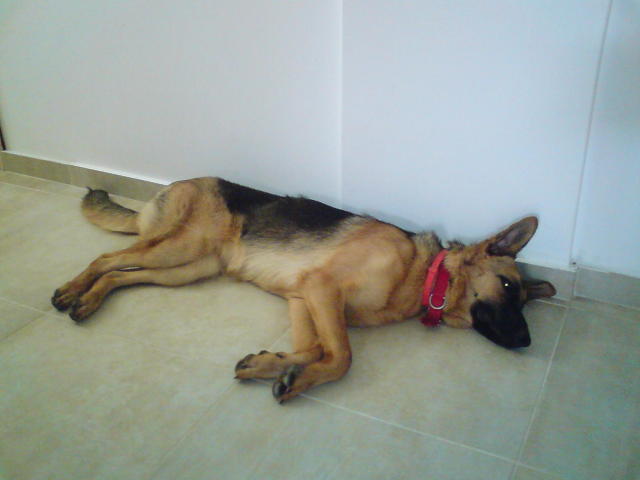 puppy growing thin and tall
Question
Lying down
Hi, I have a 9 month old German She
puppy growing thin and tall
Question
Lying down
Hi, I have a 9 month old German She
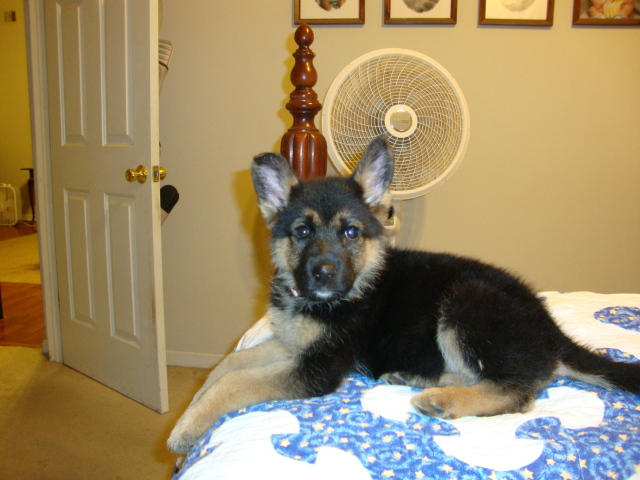 puppy wont eat
Question
ava 8weeksweeks
i have a purebred german sheph
puppy wont eat
Question
ava 8weeksweeks
i have a purebred german sheph
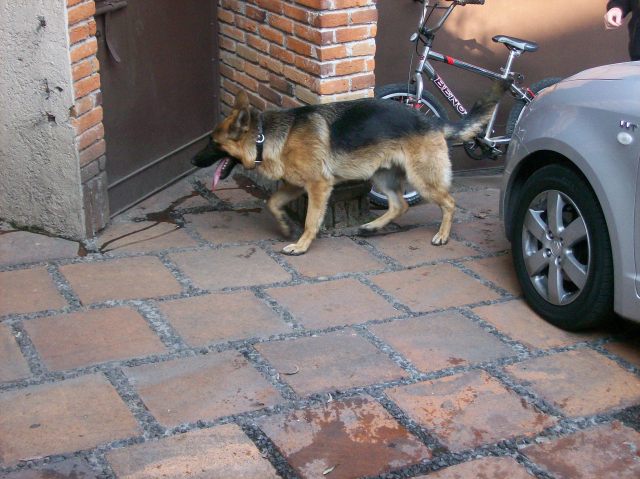 doubts on my GSD growth
Question
Tosco Dog
Hi Labman, I wanted to ask you until
doubts on my GSD growth
Question
Tosco Dog
Hi Labman, I wanted to ask you until